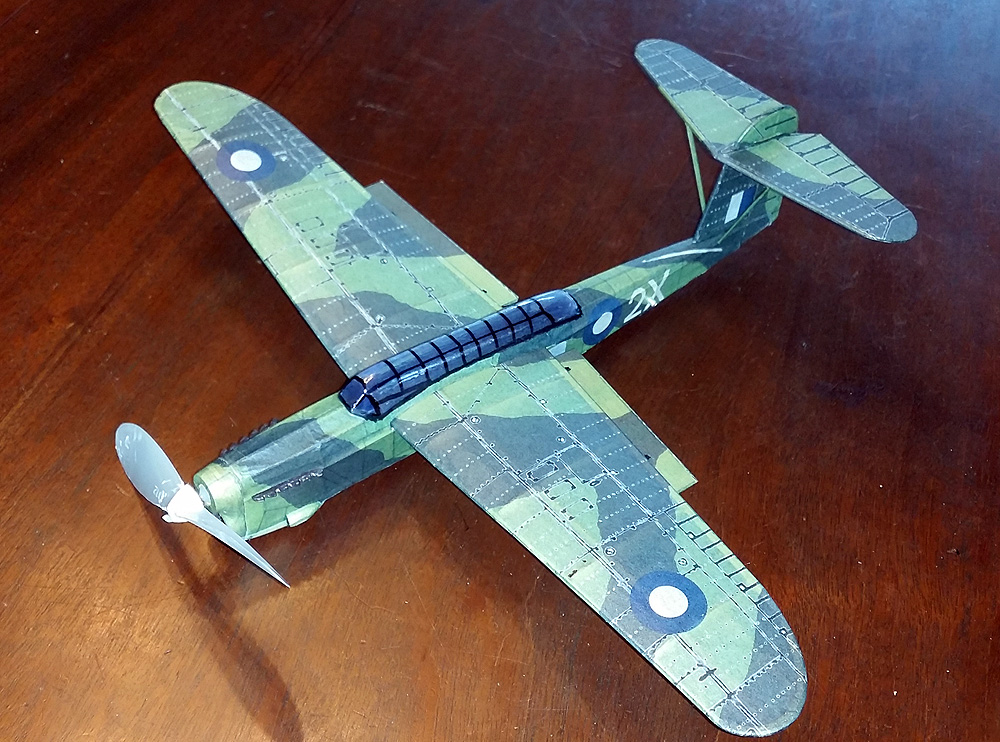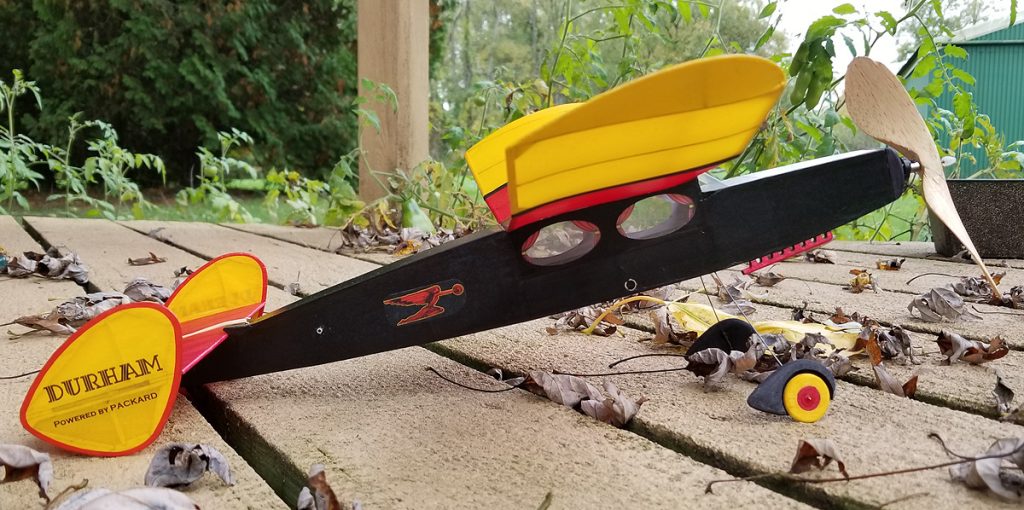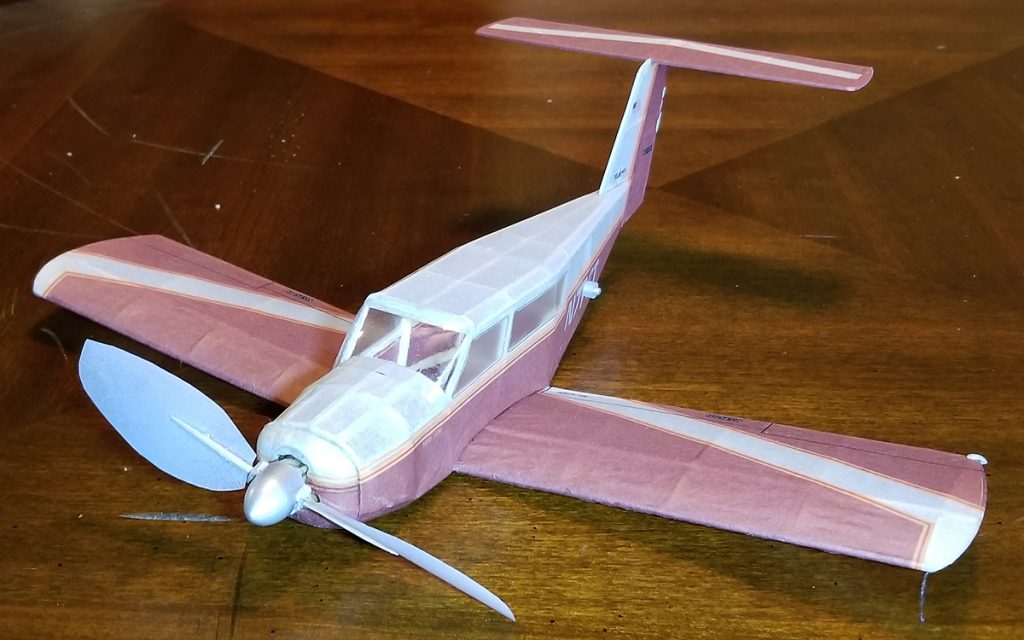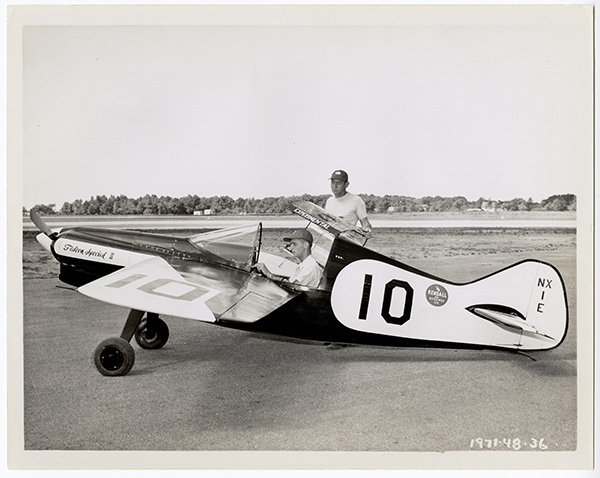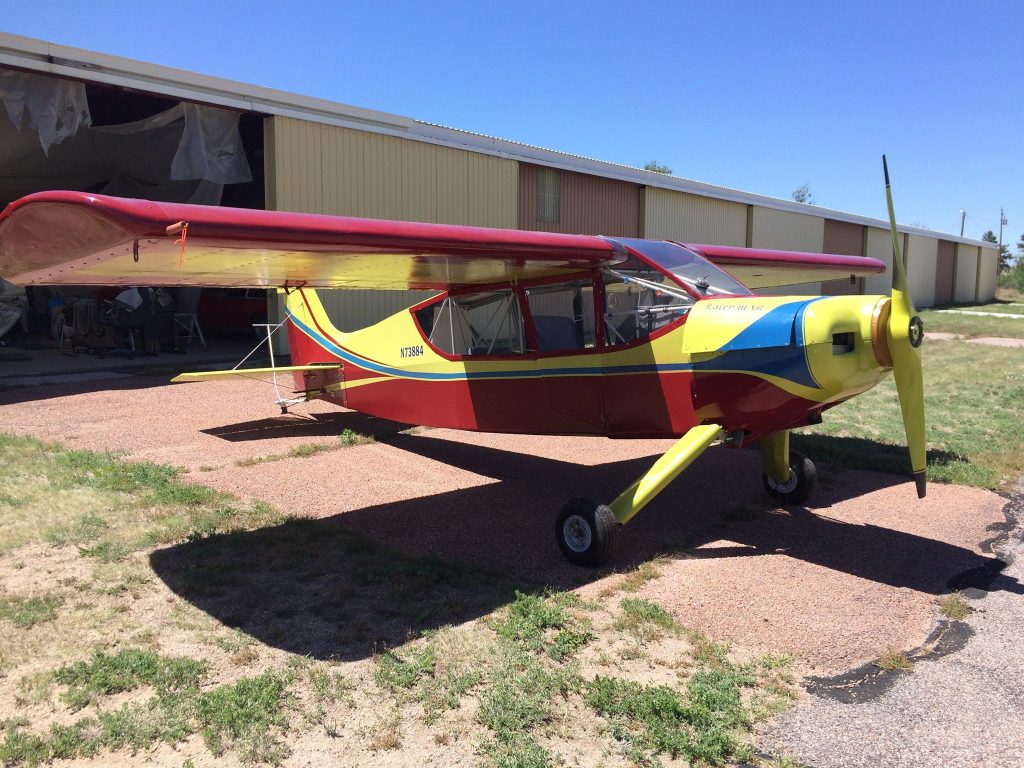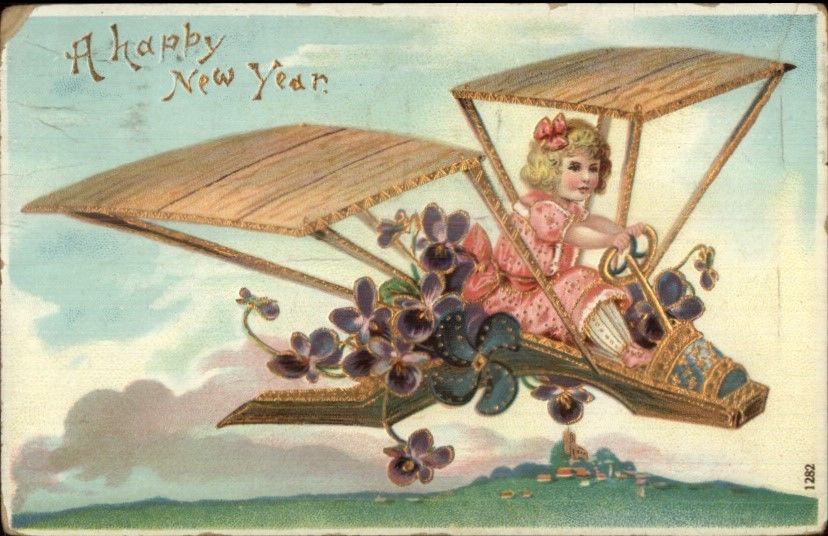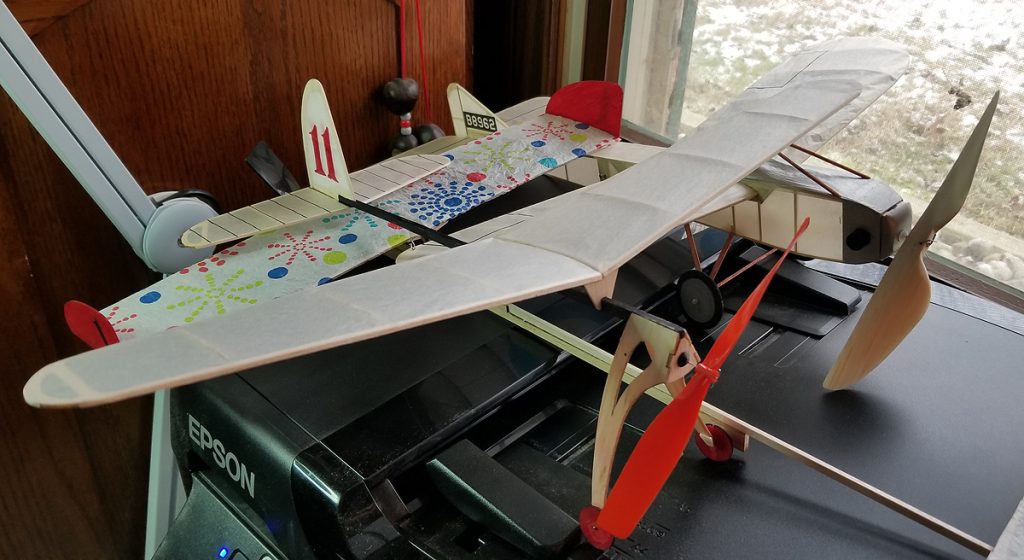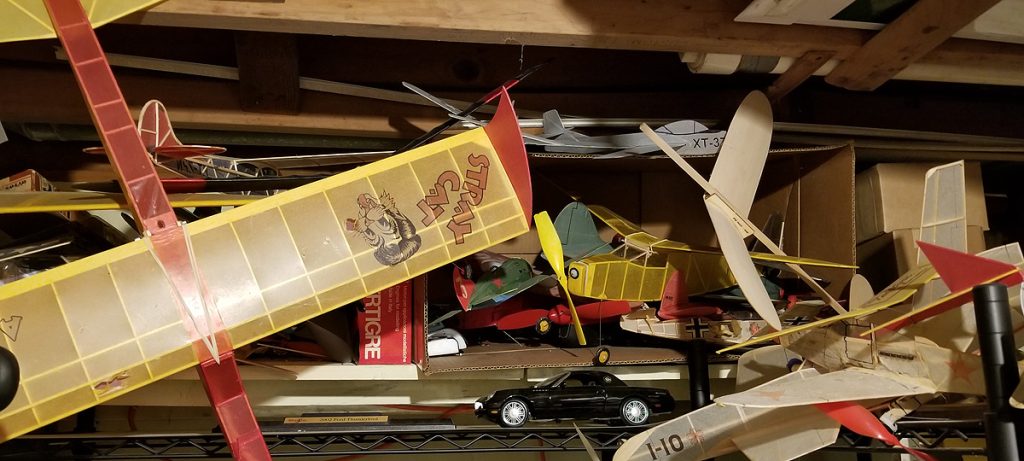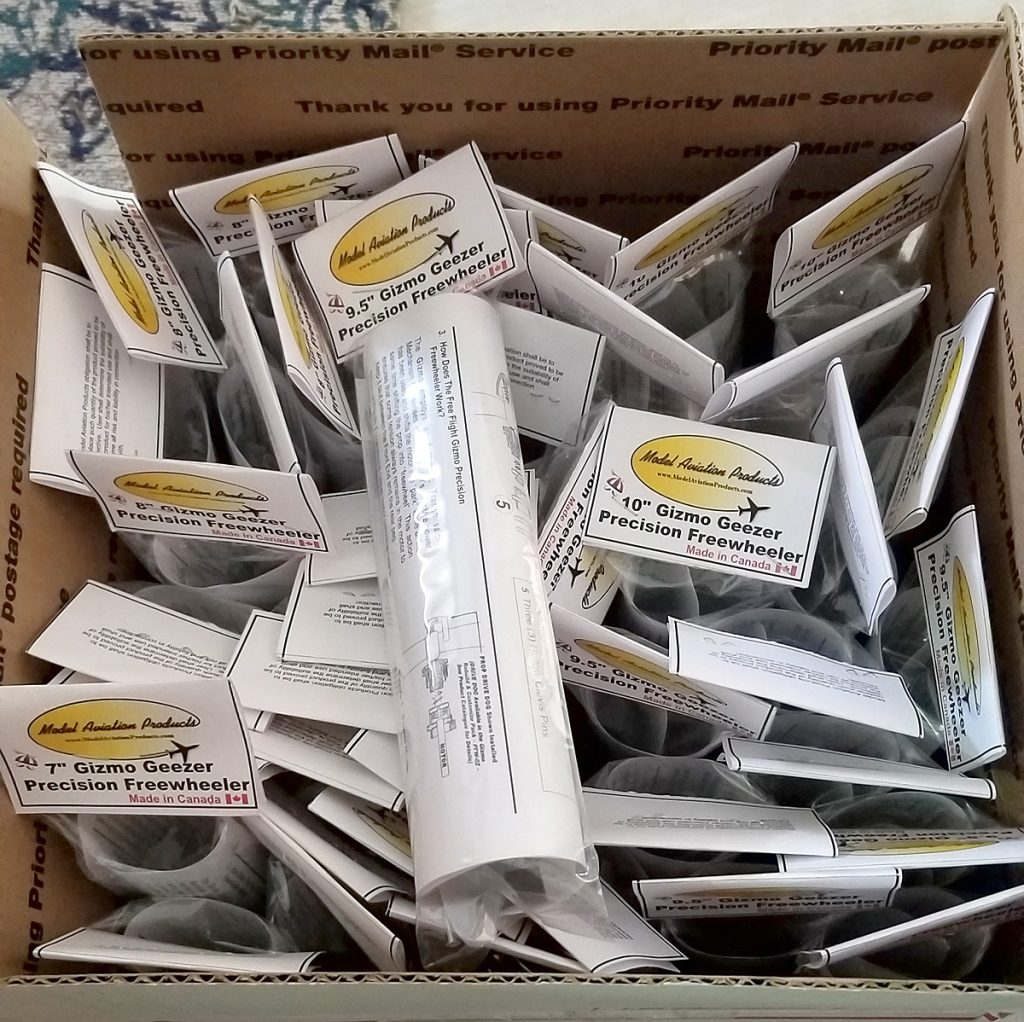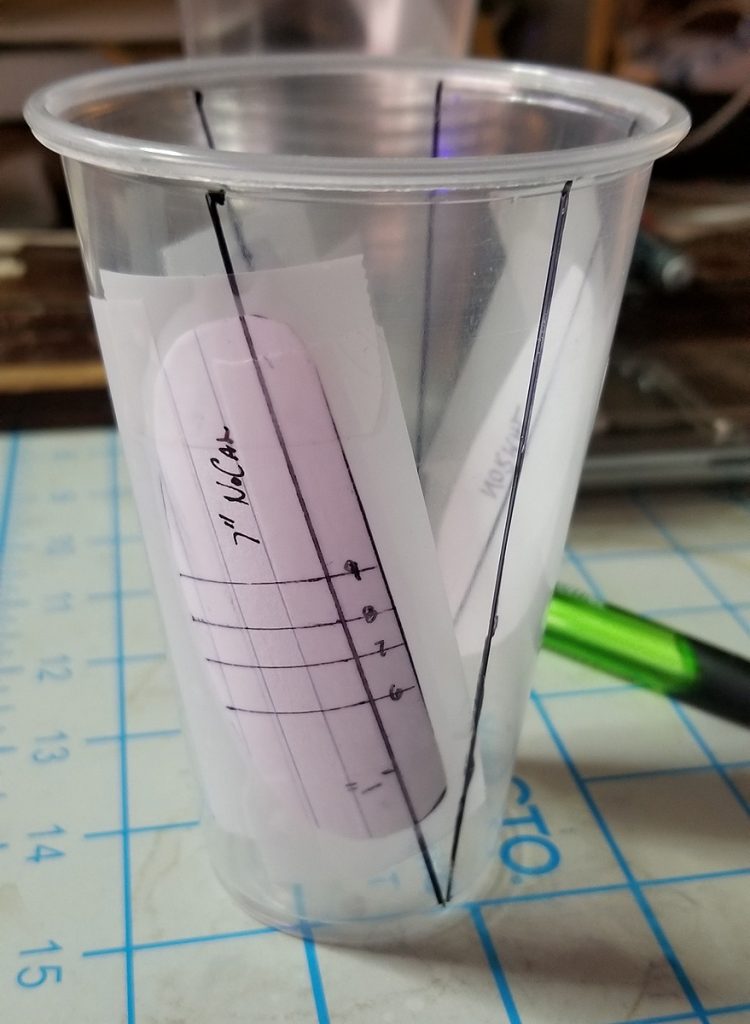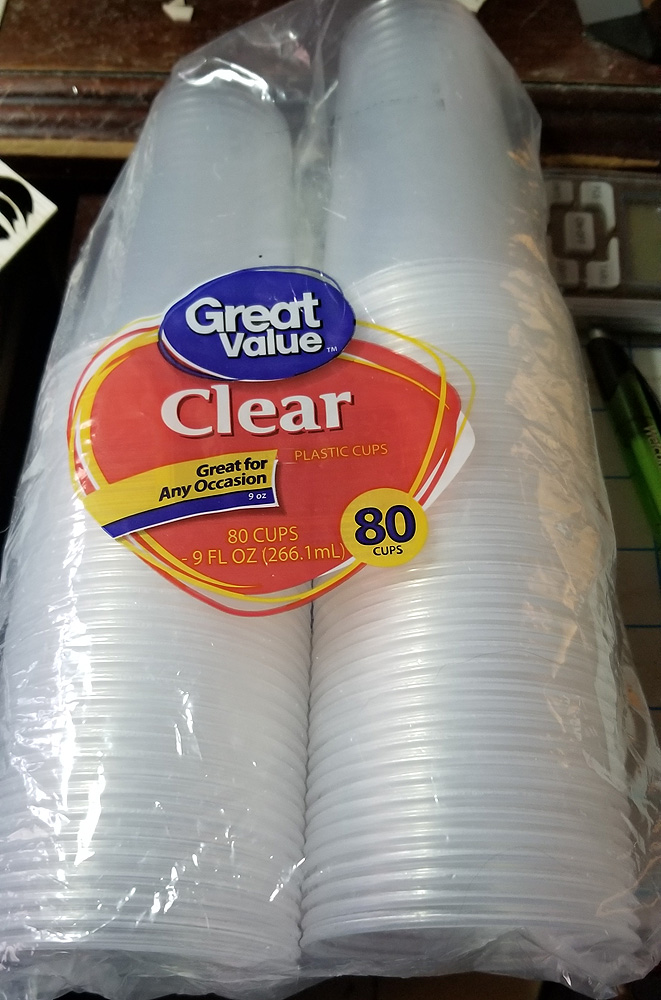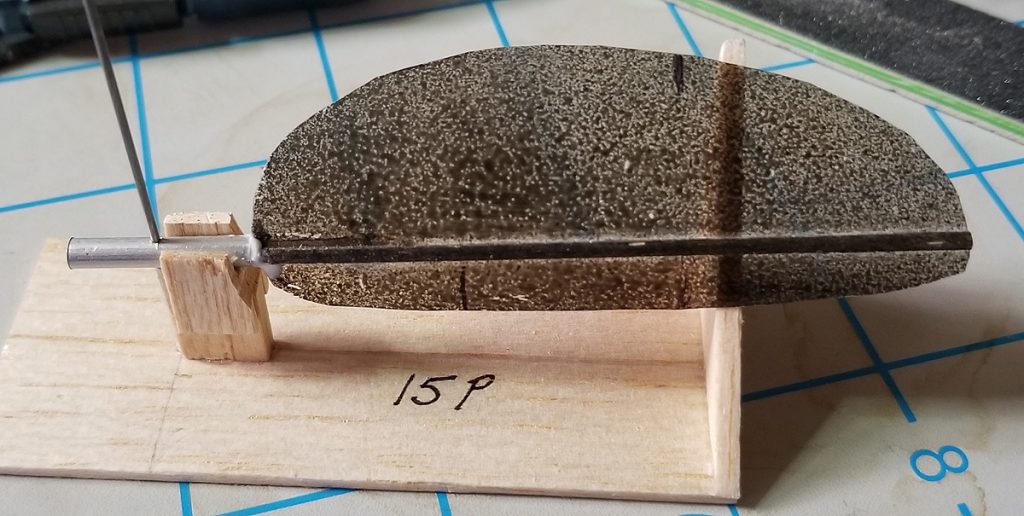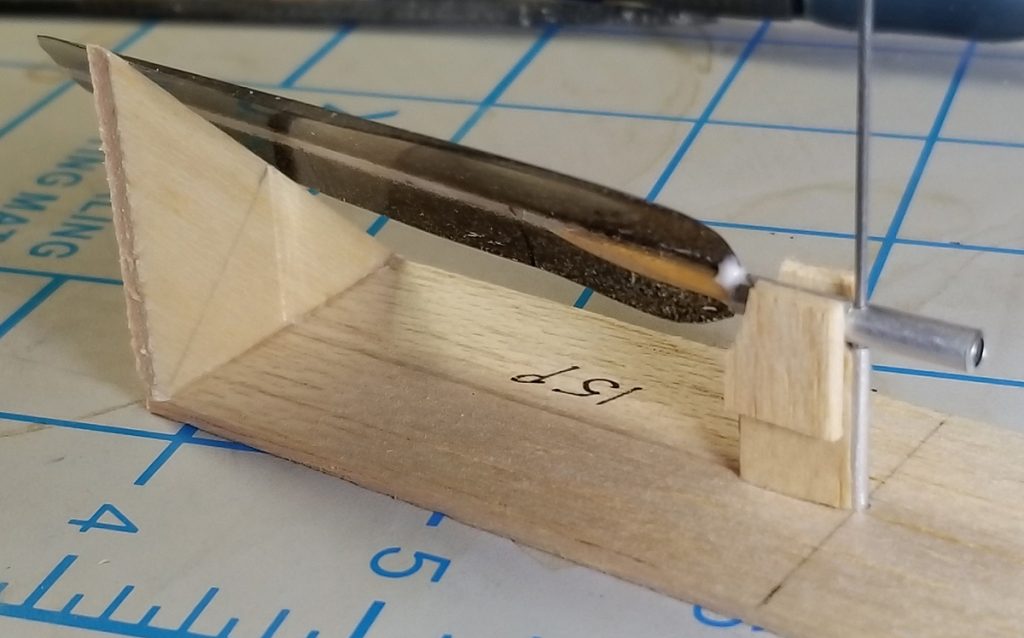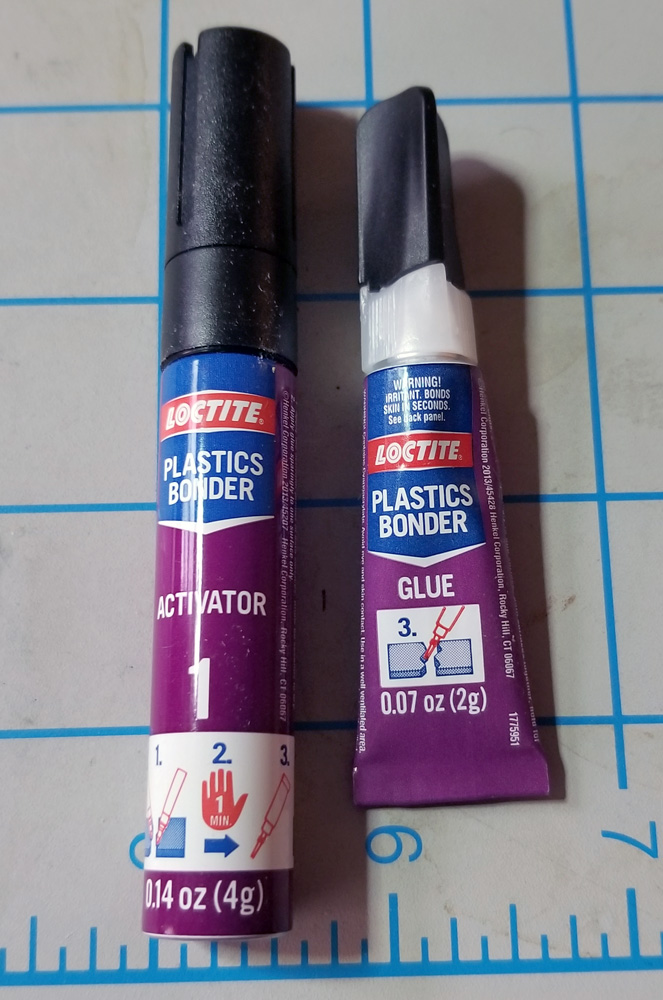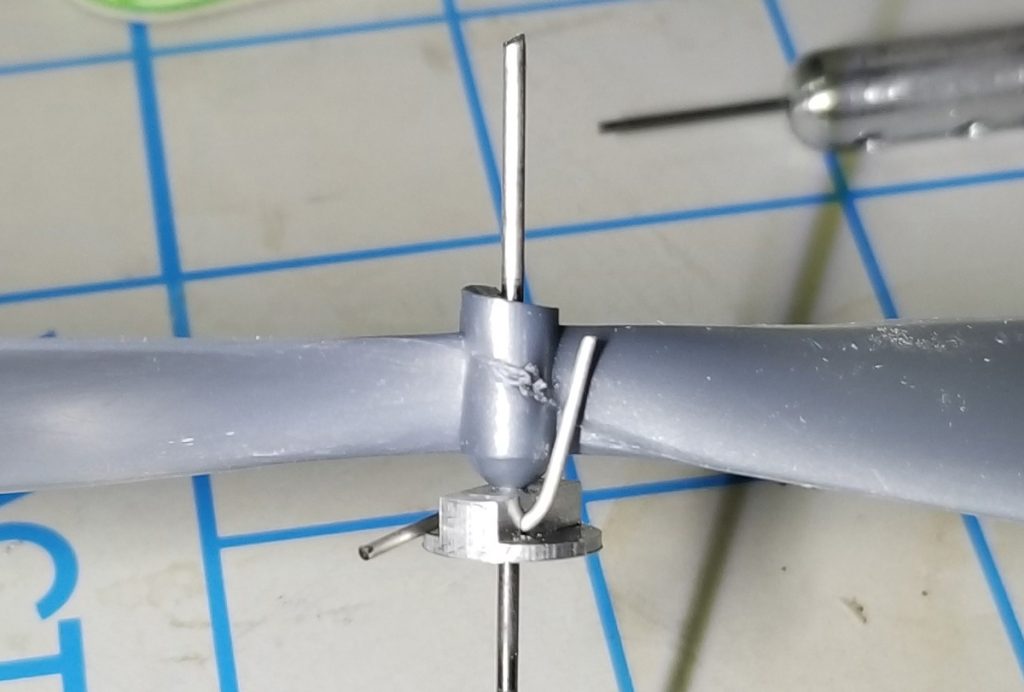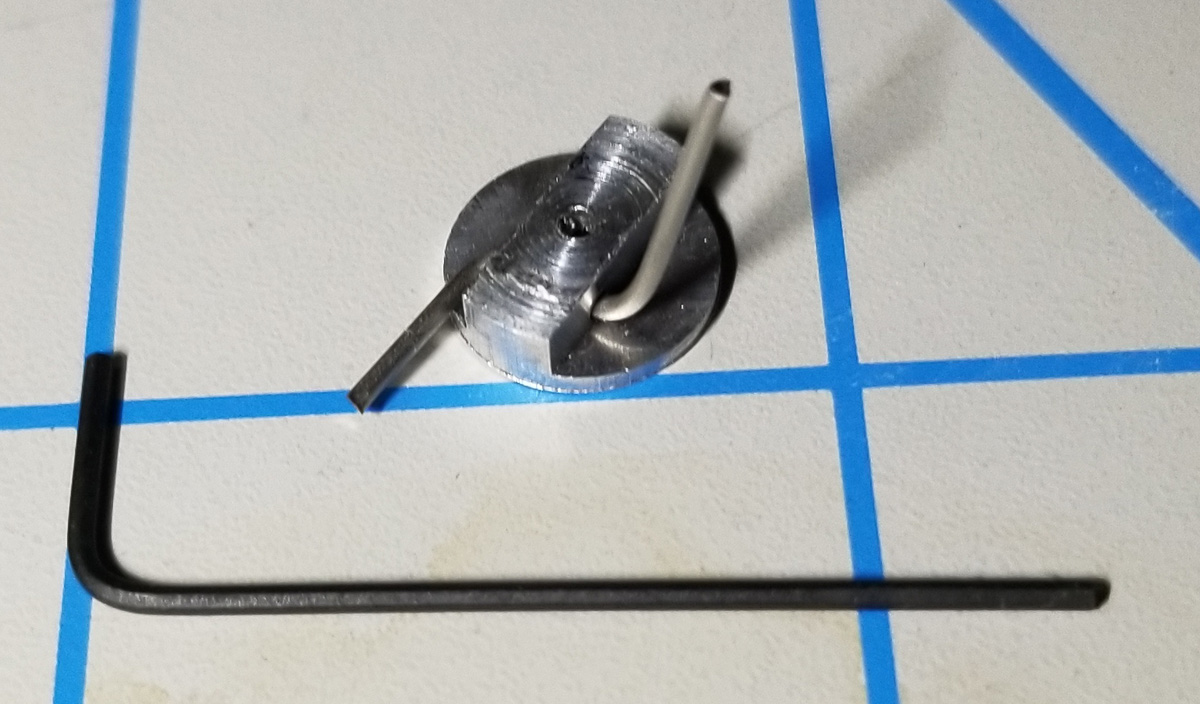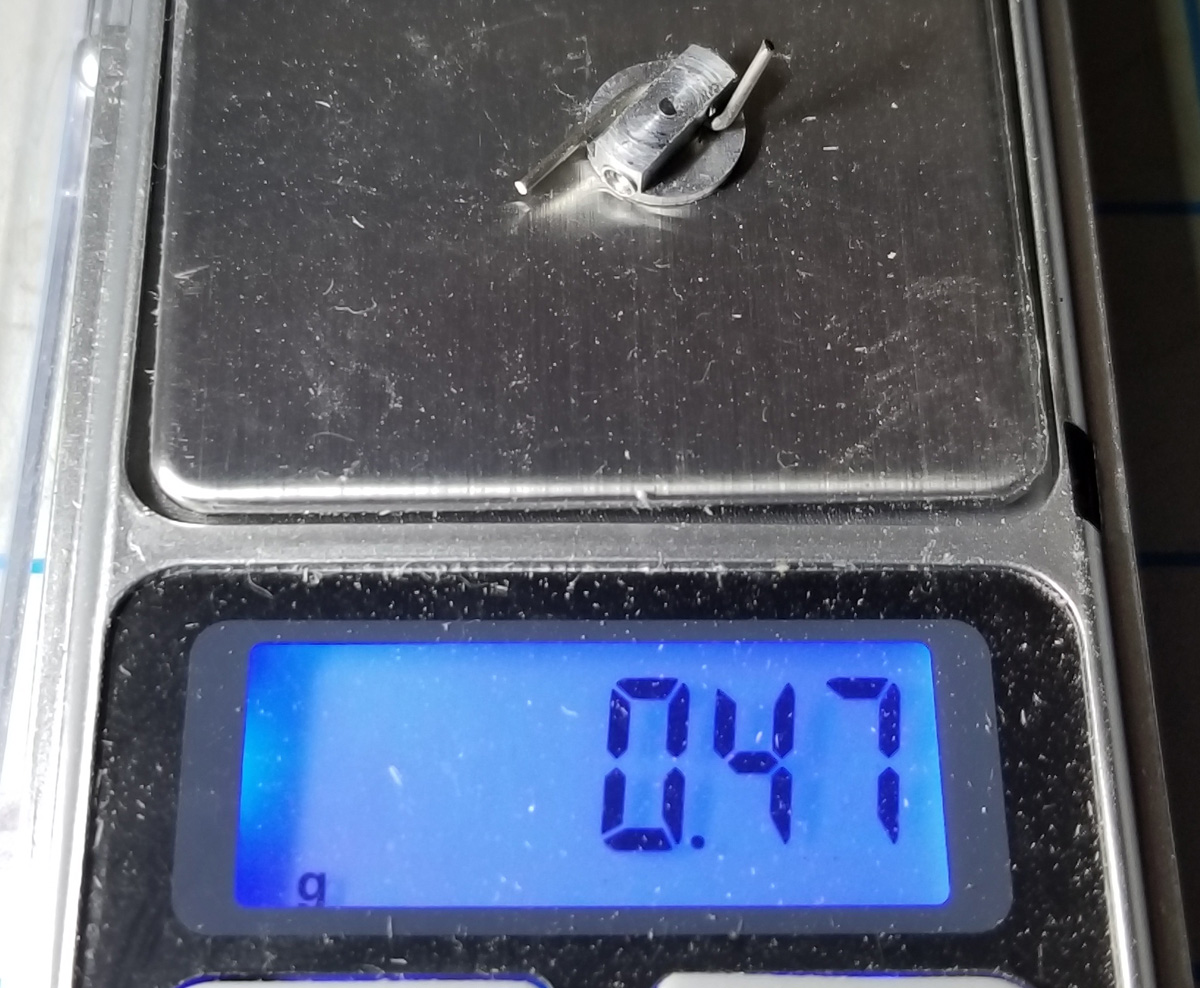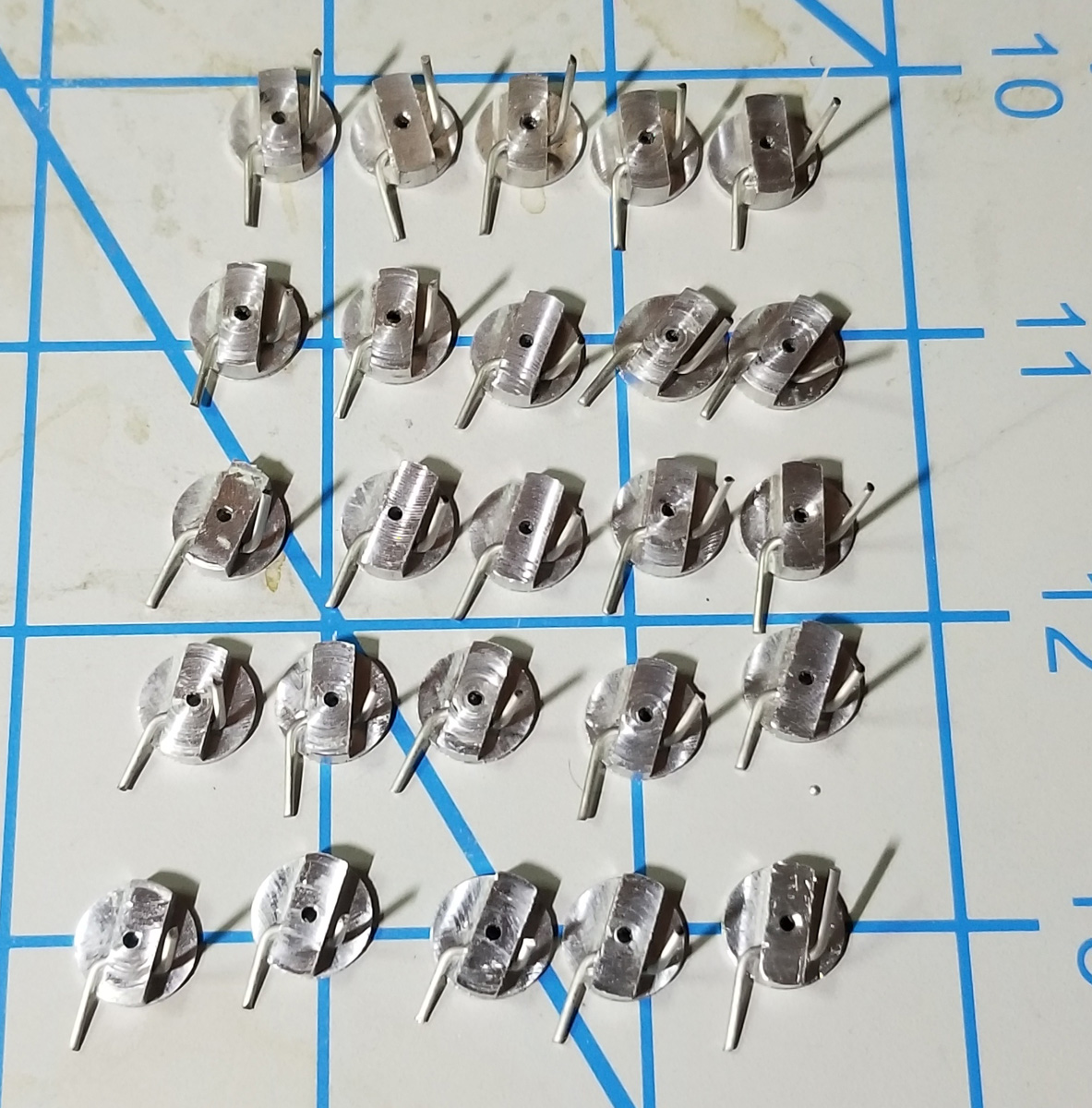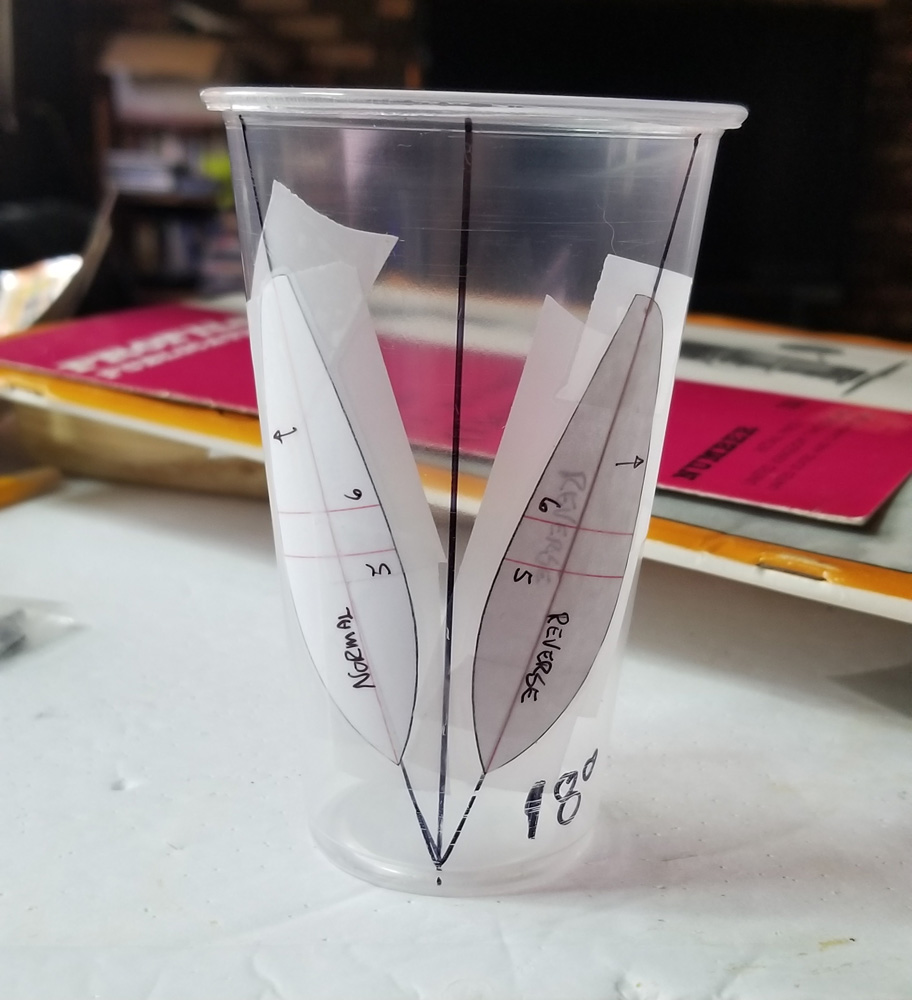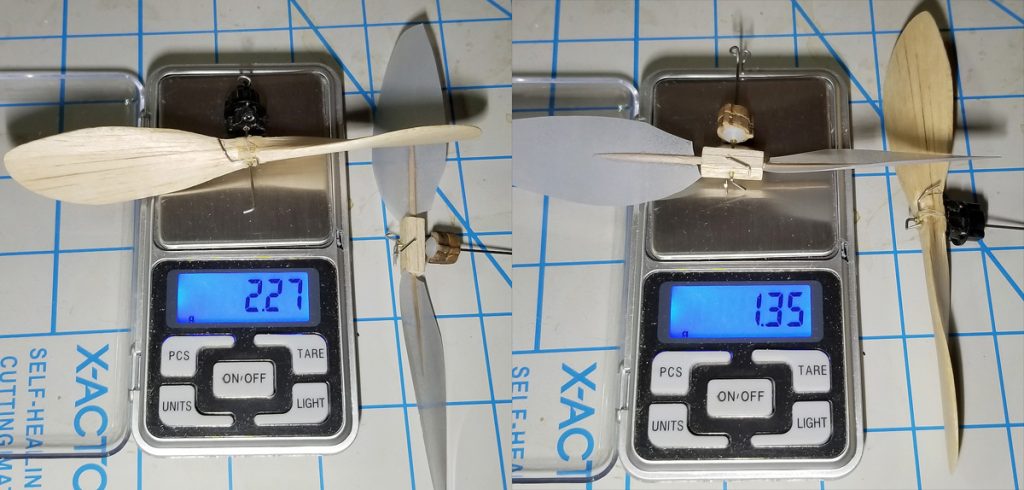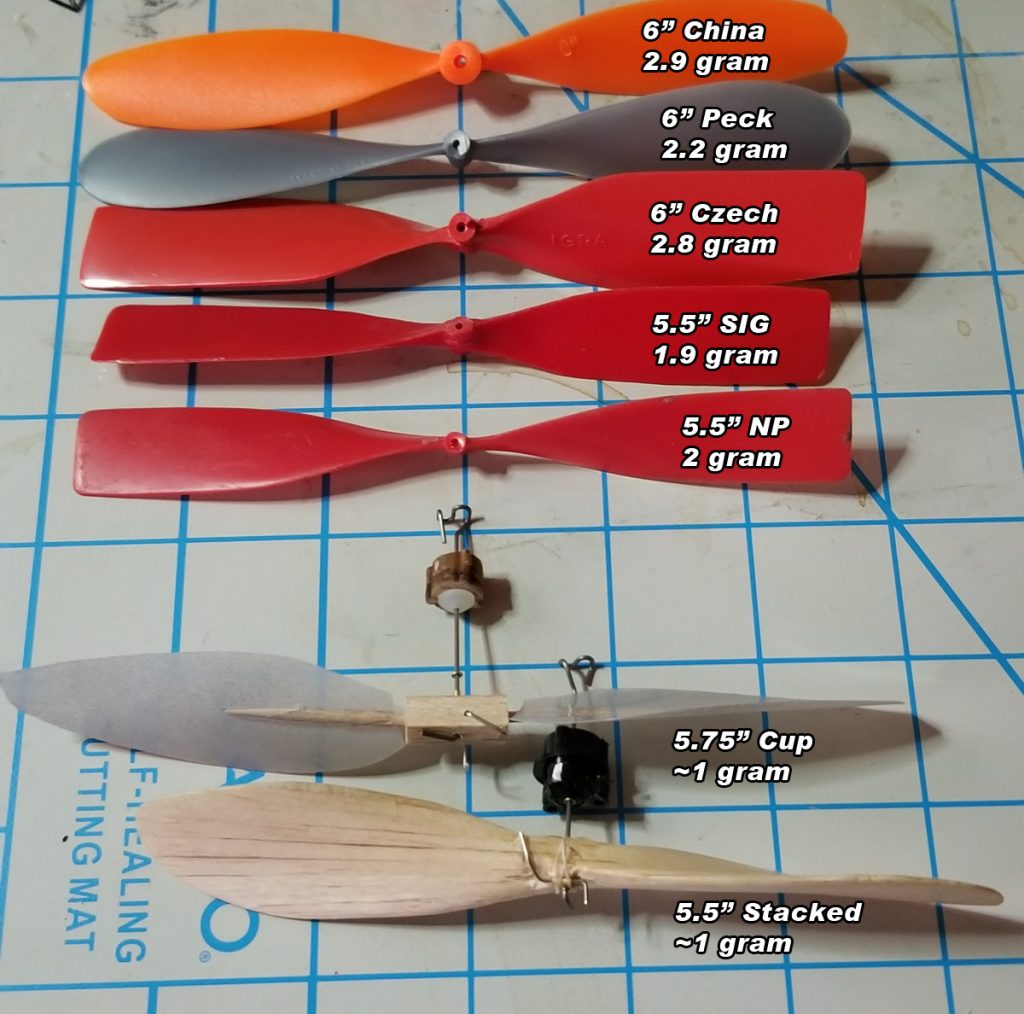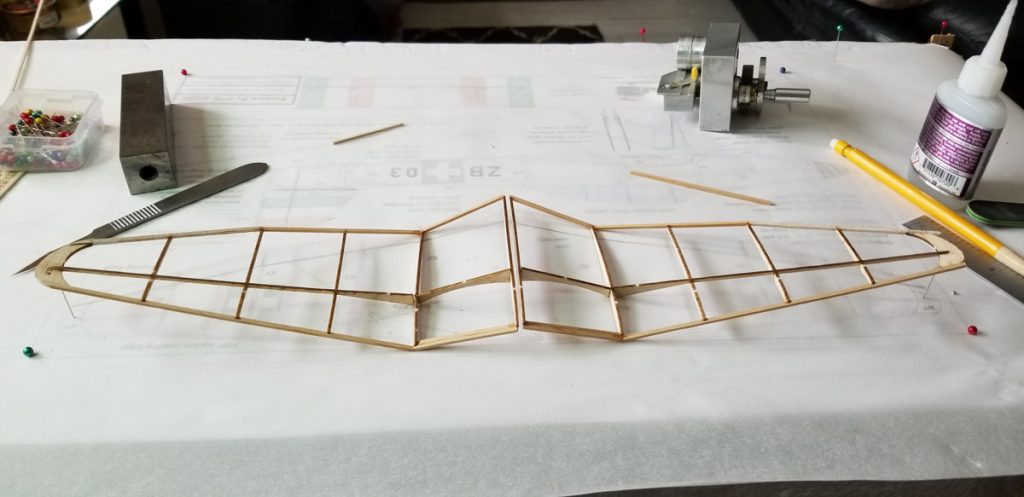Postage
I have run with Flat Rate Priority Mail since I started. I am not changing the process, but postal rates have increased (for everyone) and while I get a discount through the service I pay for, postage is often a wash on orders I process. Sometimes it is a significant loss – like approaching $2 over what the flat rate charge has been. As you know, a business cannot survive selling things for less than what they cost.
I was prepared to increase my shipping prices across the board, but then I did a tiny bit of informal analysis. The orders that cost more in postage than I charge are for heavy packages.
Did you know that postage prices increase whenever you cross the 16 ounce (1 pound) weight? If you, the customer, can order 100 items that need a big box AND keep that weight under 1 pound, then I can ship for what I am currently charging. If your order weight exceeds 1 pound – or 2 pounds – then postage prices jump to well over the flat rate I charge.
Well, the culprit in most cases is Rubber. Even a 1/2 Pound box of rubber will almost certainly exceed 1 pound – the rubber weighs 8 ounces and the box it is in takes the total closer to 12 ounces – and then I pack it in another box. Boom – just like that it is over 1 pound.
So, instead of increasing the postal charge for all, I am adding an extra charge for shipping Rubber:
- 1/4 pound rubber will add $1 per box in the order
- 1/2 pound rubber will add $2 per box in the order
- 1 pound rubber will add $4 per box in the order
This should cover the excess postage. Note, contest delivery will NOT incur the extra charge.
Tissue
Esaki Tissue – I believe it is No Longer Available. It is a long story, but the short of it is that the old couple that ran the hobby shop in Gifu, Japan have closed shop and retired. I understand that Esaki did not manufacture the tissue – they procured it and resold it. However, I do not know the source of the tissue. It has been about a year since I was able to contact Esaki and my 6,000-sheet order is running low. I have had to discontinue sales on White, Dark Blue, Yellow. If you see a color on my site, I still have a supply of it, although Red and Orange are running pretty low.
I will be beginning the tedious process of trying to find a Japanese source for tissue. I have some very, very thin leads and time will tell if I can procure Japanese Tissue from a new source (at a reasonable rate).
Over a year ago, I contacted a Chinese paper manufacturer and asked for a sample of their 14gsm (gram per square meter) tissue. Esaki stated their tissue was 12gsm, but 12 is tricky to find. I received samples in a variety of colors. This tissue did have a shiny side and a dull side, but did not have the good wet strength that we have expected. I will continue the search, but this seemed like a reasonable alternative.
I did an experiment with some white tissue from my local department store. I bought a couple of different brands and I found one that was acceptable to me. The brand is FLOMO tissue and while it was apparently slightly heavier than Esaki, it worked well and was really cheap. Some “domestics” will work just fine and some have told me that Hallmark brand is not a bad tissue. However, for small models, where every 1/2-gram counts, I am not sure we will be able to find a cheap alternative to Esaki (even though Esaki was not the lightest tissue).
More to come on Tissue.
Kits
Sourcing balsa has become a game of chance – a roll of the dice. My primary source offers a great price, but they have had problems supplying in a timely manner over the past year. They have decent balsa, for the most part (more on this in a moment). My secondary source has very timely delivery, but the cost is twice as much per sheet.
In addition, I weigh each sheet that comes to me (this is for 1/16″x3″x36″ sheets). I then sort the sheets into 5 categories:
- under 12 grams (under #7 wood) – keep for super light projects – this is about 3% of any order
- 12g-13g (#7-#8 wood) – I use this for NoCals, Peanuts, Dimers – this has been about 12% of the order
- 14g-16g (#8-#9.5 wood) – this is for normal Scale and small Old Timers – maybe 35% of an order
- 17g-19g (#9.5-#11 wood) – this is for larger Scale and larger Old Timers – maybe 35% of an order
- 20g and over (#12 and over) – I do not use this; I usually give it away in club raffles – maybe 15% of an order.
Lately, my orders have shifted to the heavier side. I am getting hardly anything under 14g and getting more over 20g. In addition, I have had to order more from the more reliable, but more expensive source. I even tried the premium light weight (more costly) wood. The good news – it was all light. The bad news – it was all under 8g per sheet. This is too light for my kits, excepting some NoCals and small Peanuts.
So…long story – I have held my basic Short Kit price at $10 since I started cutting kits 5 years ago. Any of these $10 kits will now be $11 to cover some of these costs. My larger kits that are $15, $20, or $25 will not change for now – it is only the $10 kits that are increasing.
Interesting Side Question
As mentioned, I set aside the under #7 wood for special projects. I cut the Turbo Cessna 195 NoCal kit from this wood. And I have used it for some of my own light-weight models.
As a customer, would you like to have the option to have your short kit cut from this wood? There would likely be a $2 upcharge for light wood. And it would probably only apply to some short kits, not all. Keep in mind that light wood is fragile – and some of my parts are already kinda flimsy (there is a downside to using light wood). Also, if there is high demand – and I have to start purchasing a lot of light wood, the upcharge would likely go higher.
Let me know what you think – and Welcome to 2019 – I hope it is a great one for you and yours.
See you on the flying field –george



